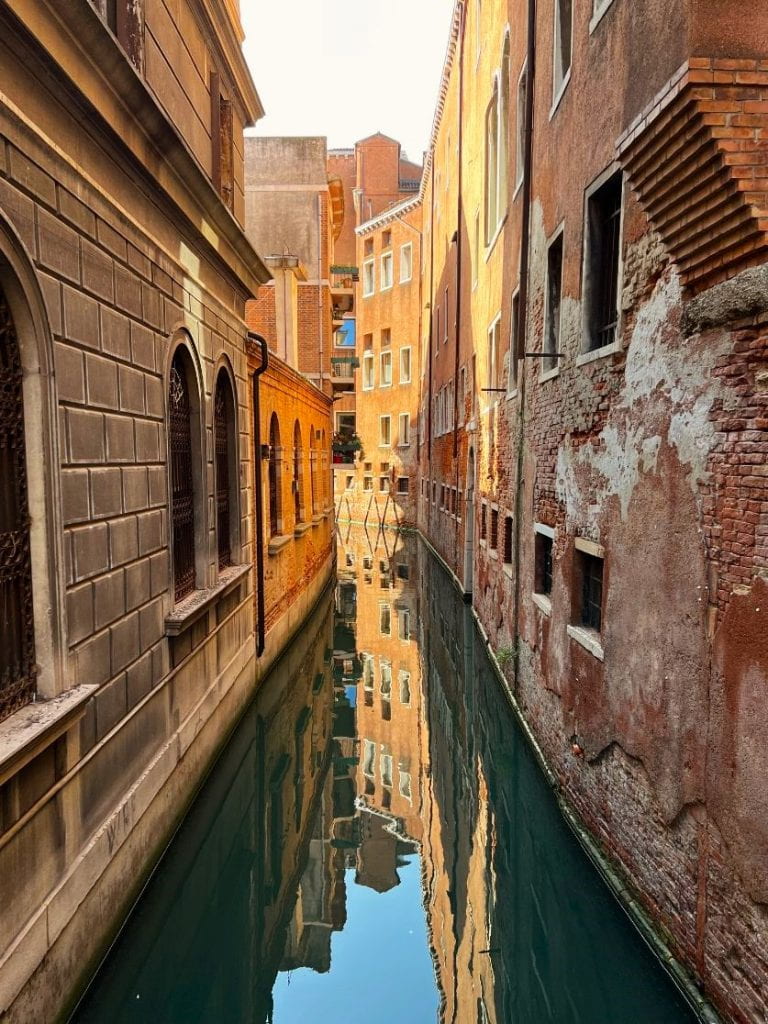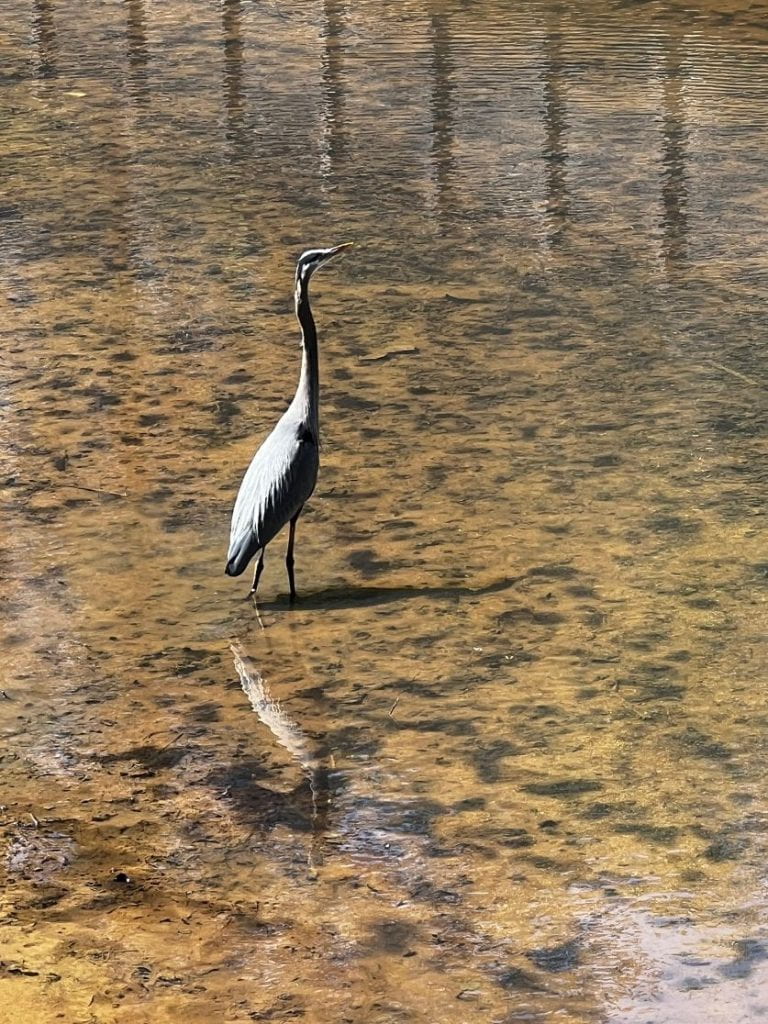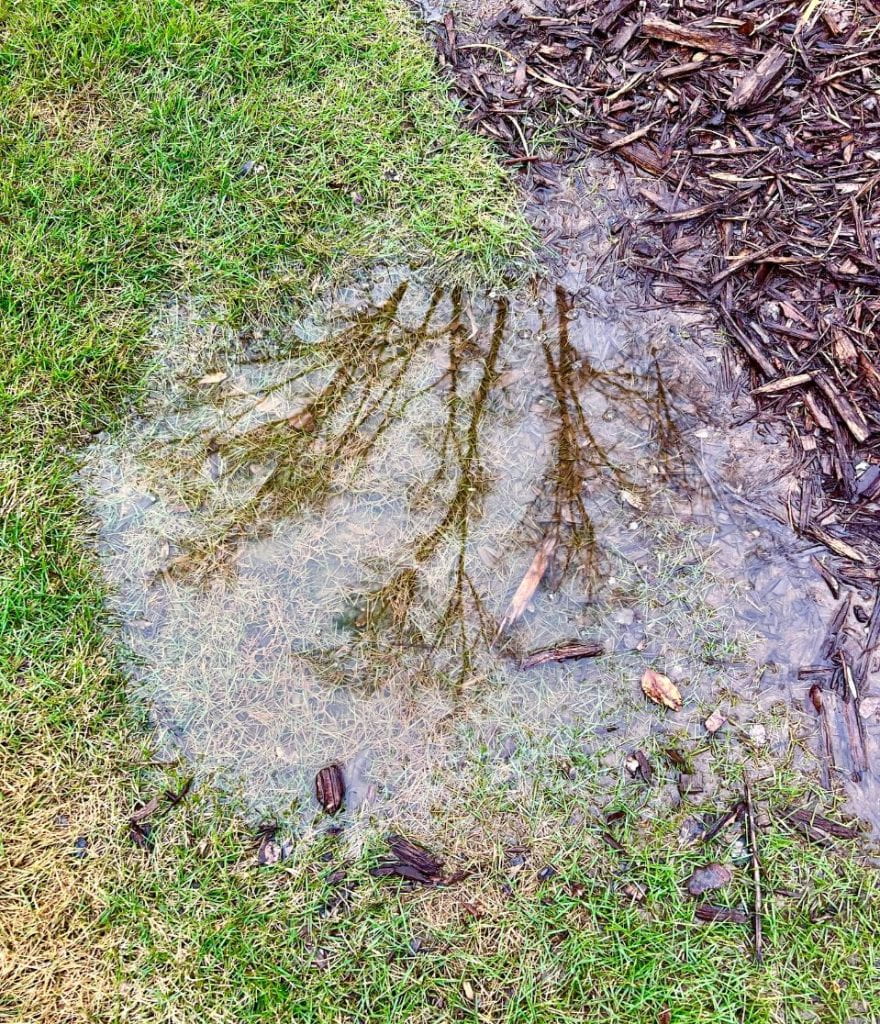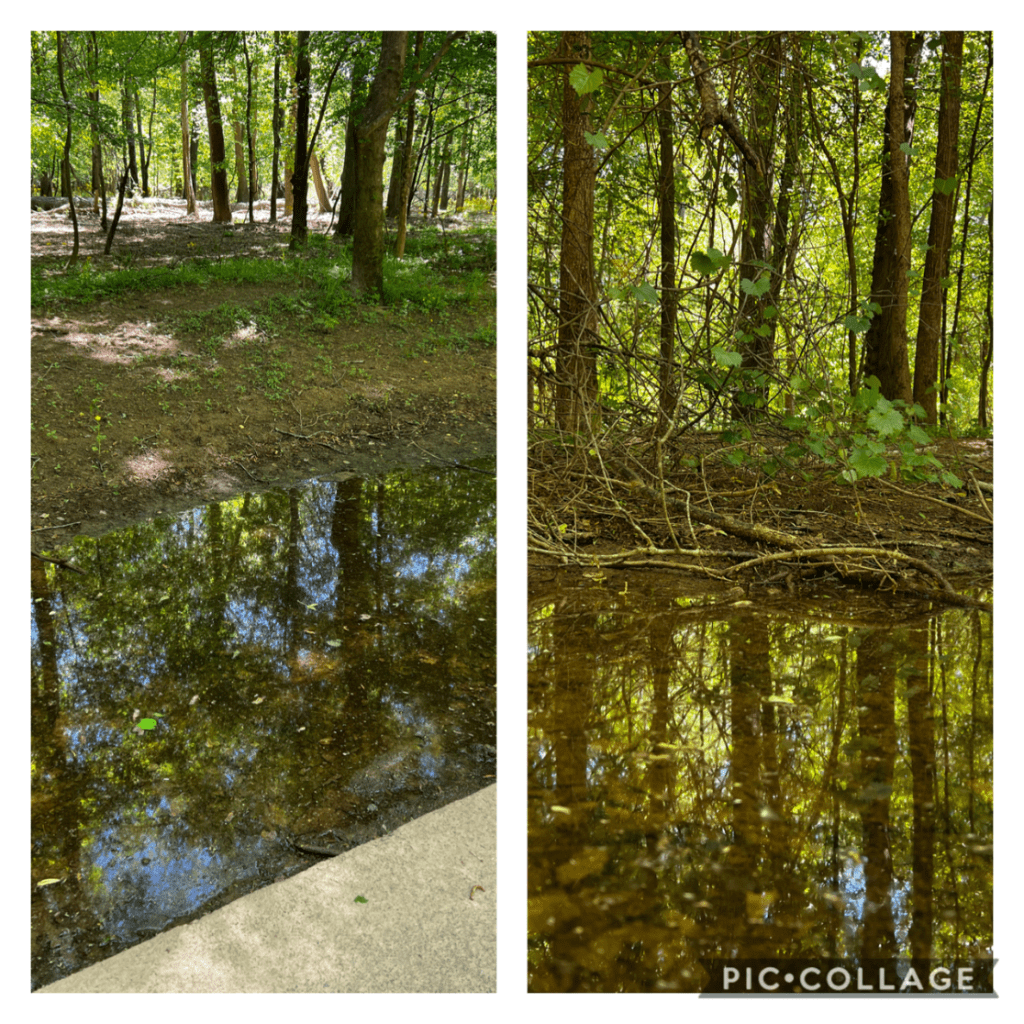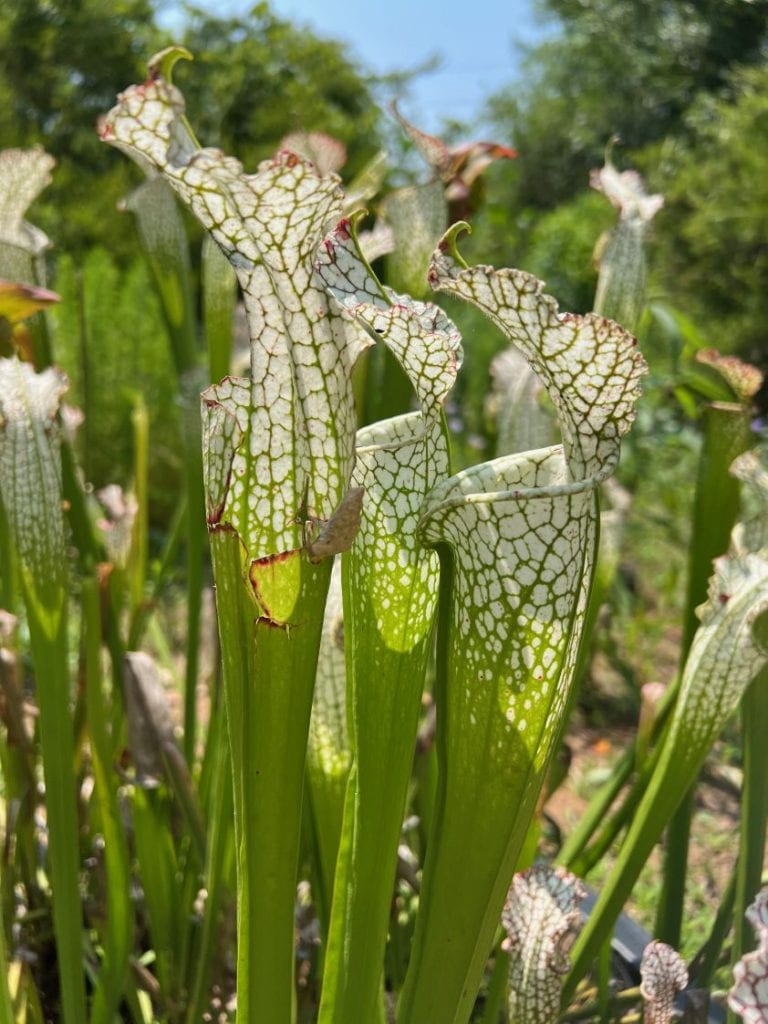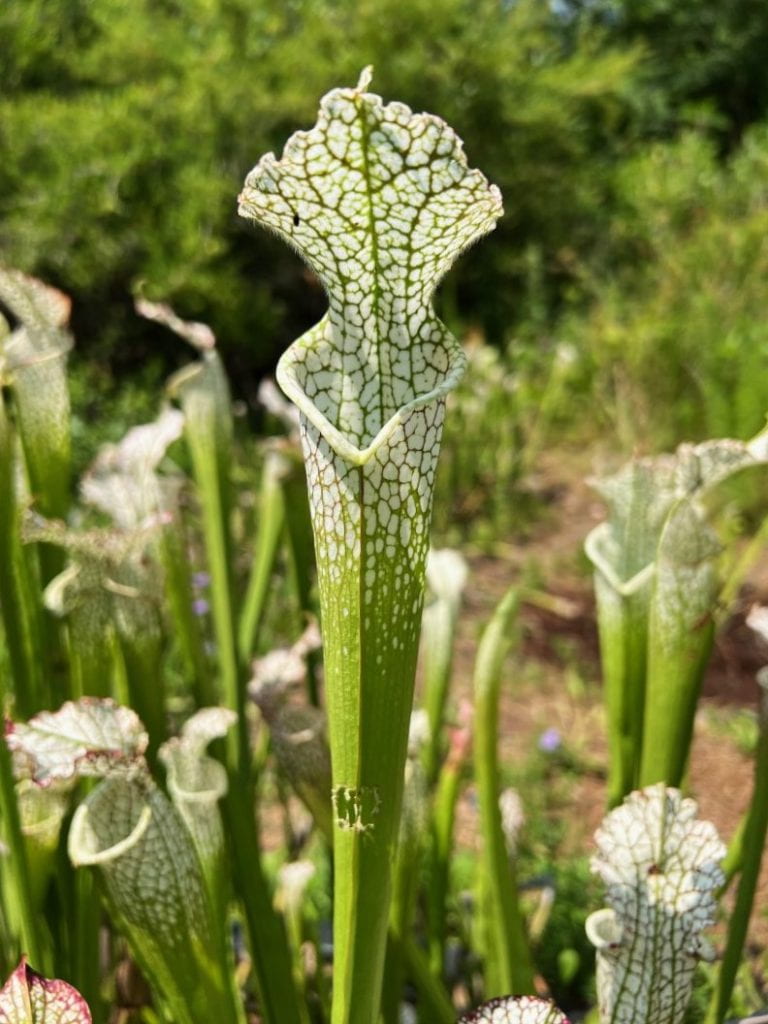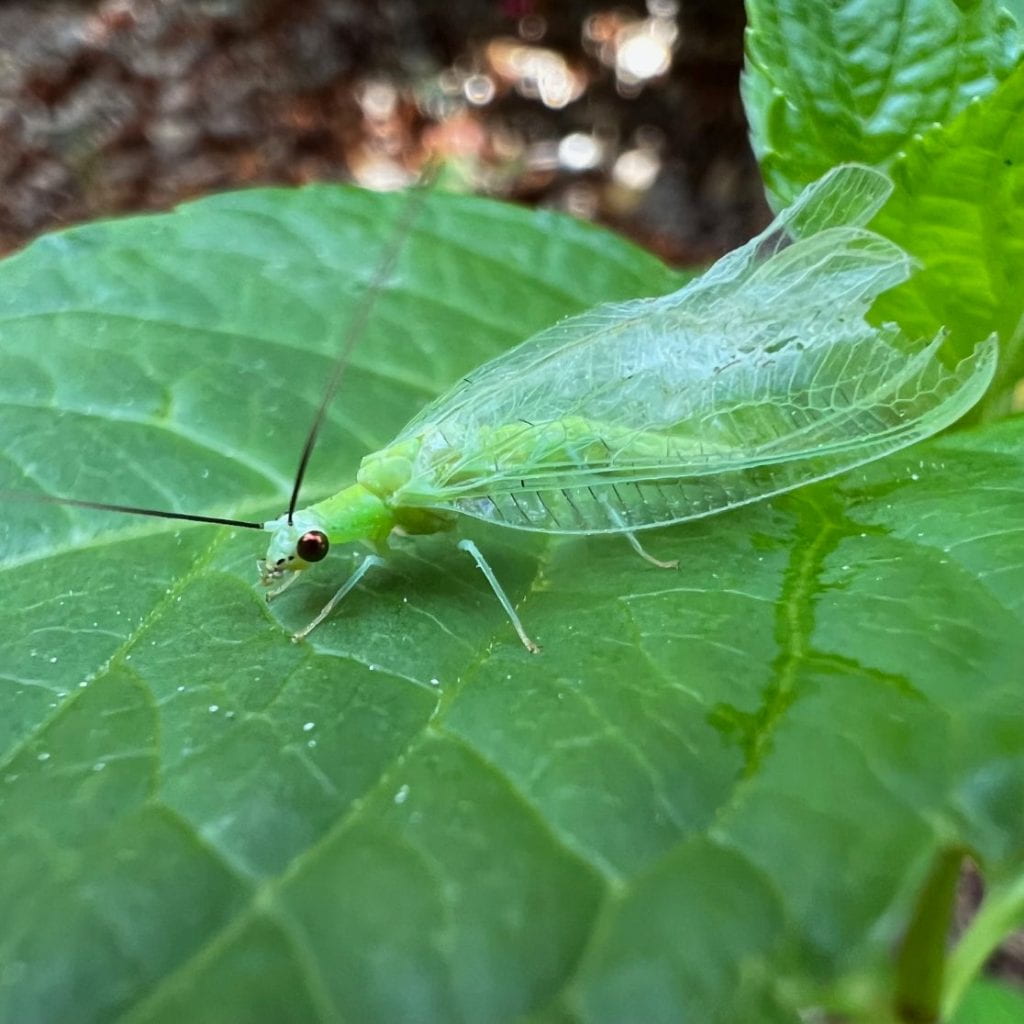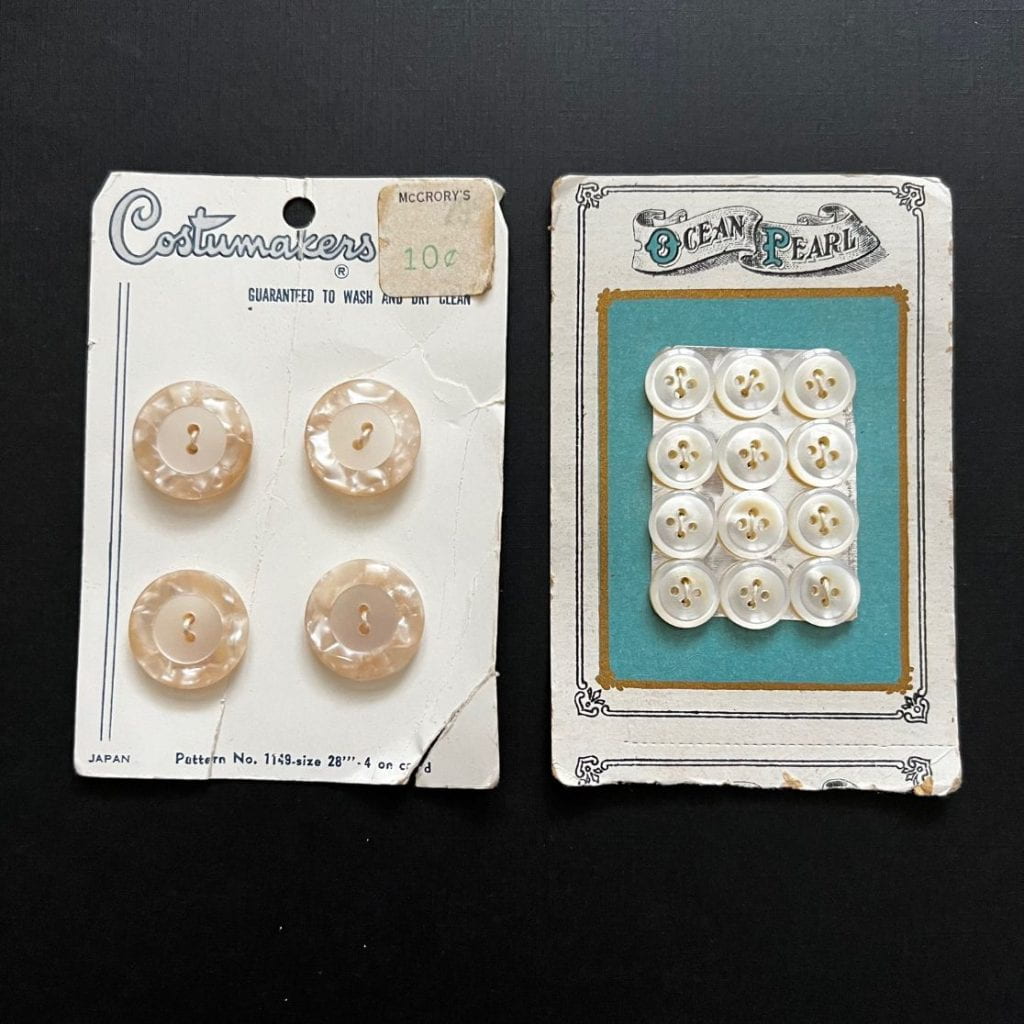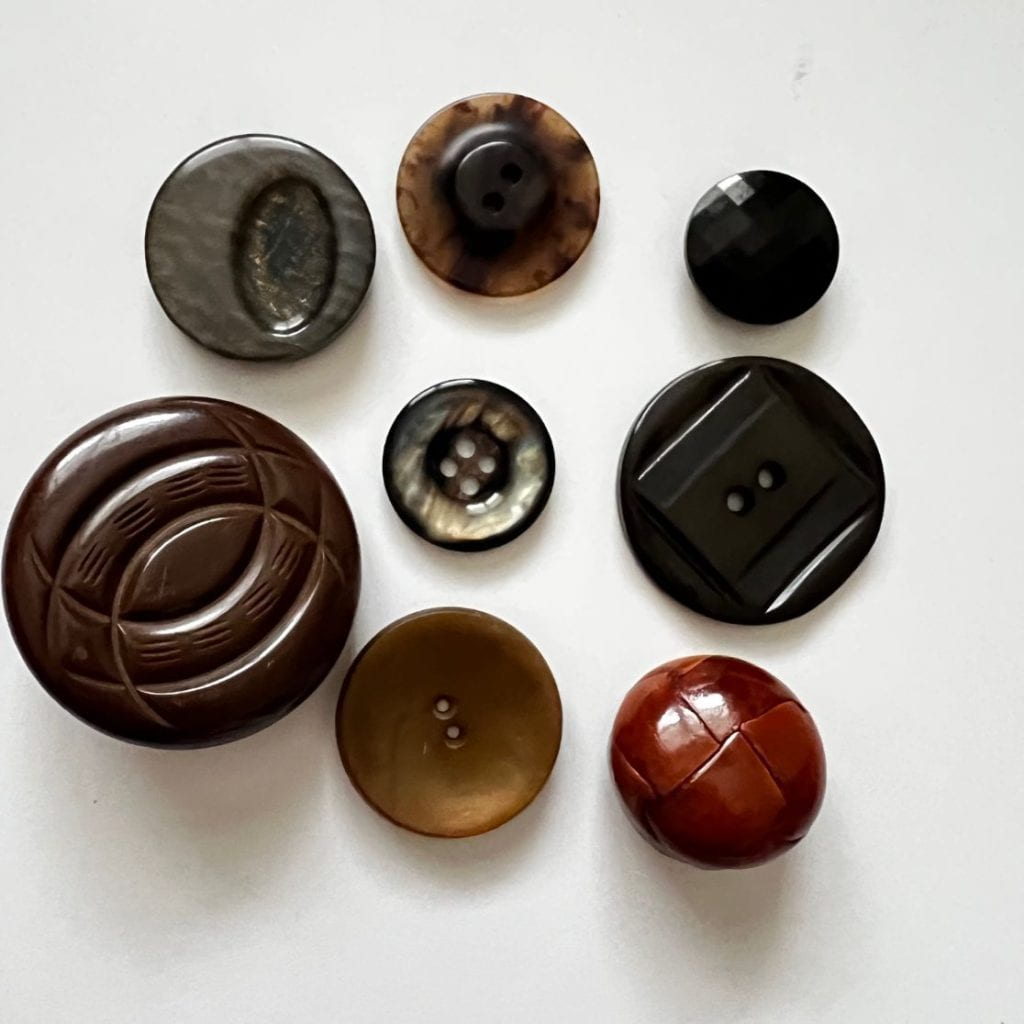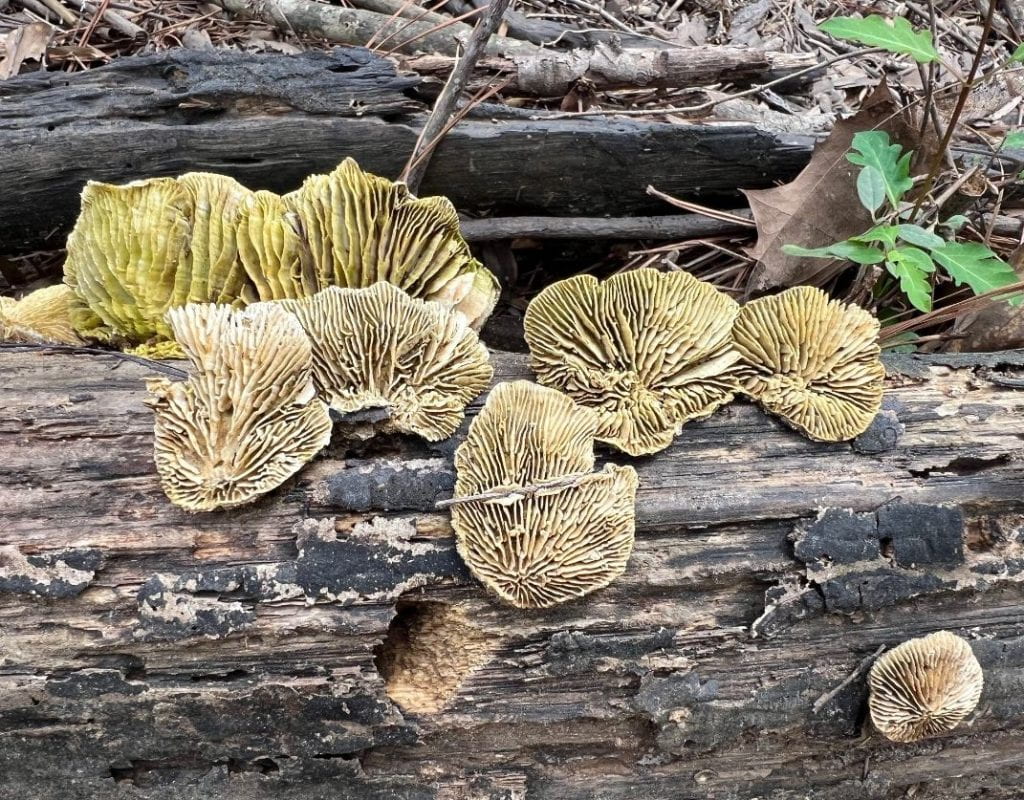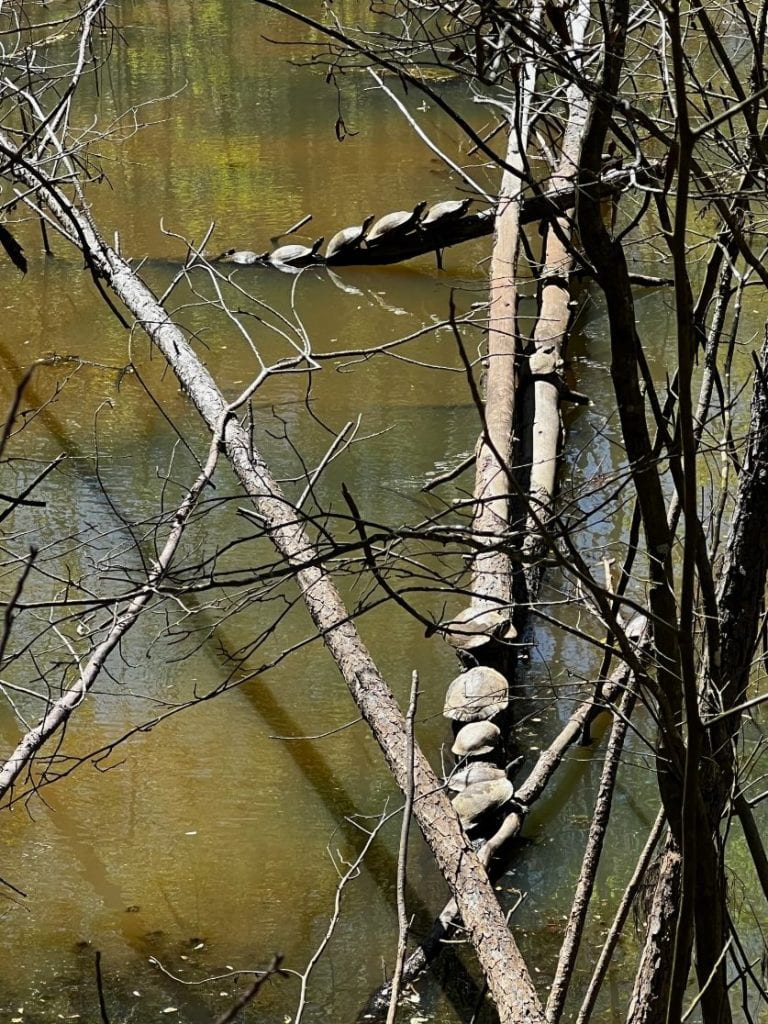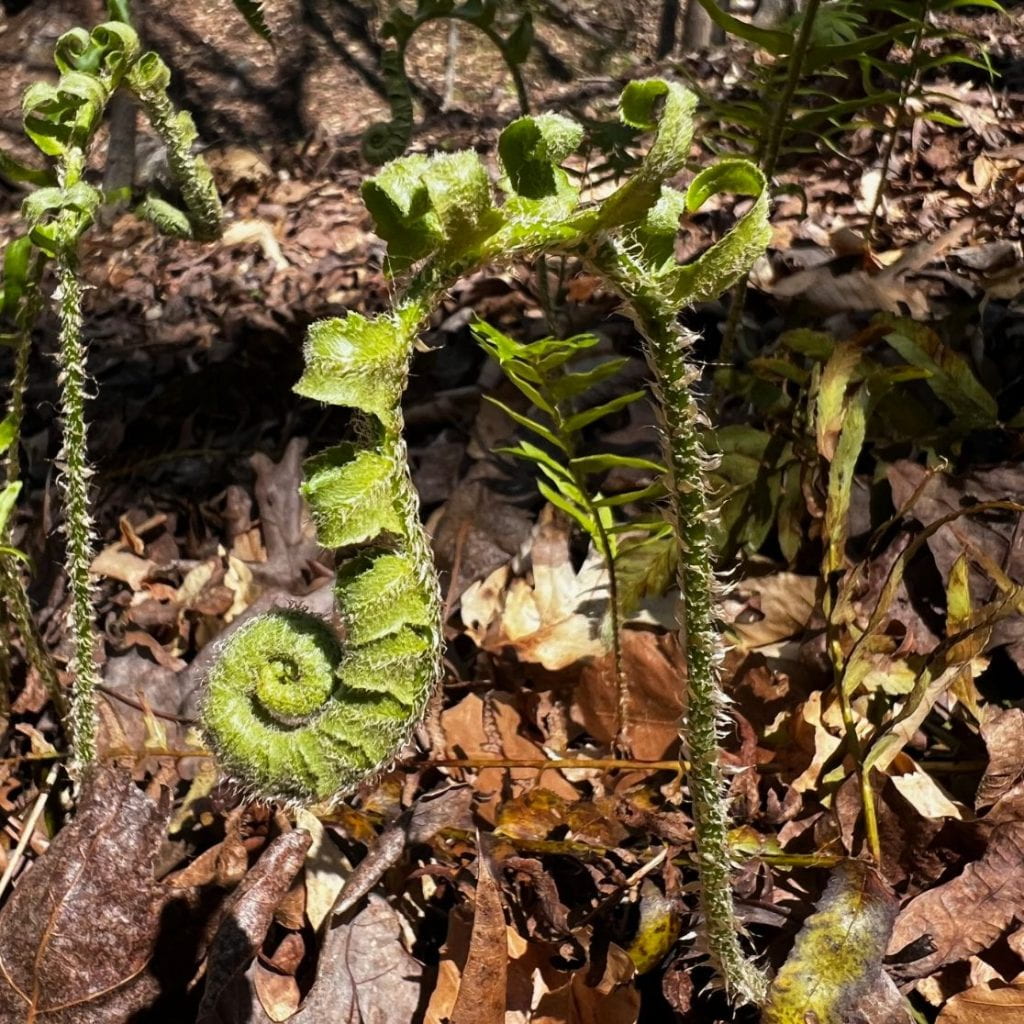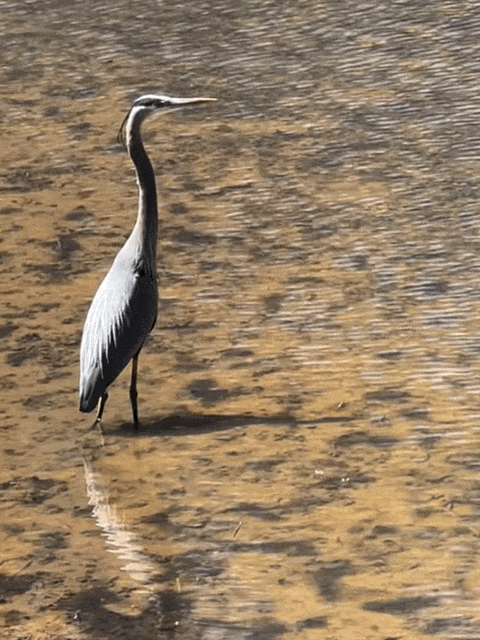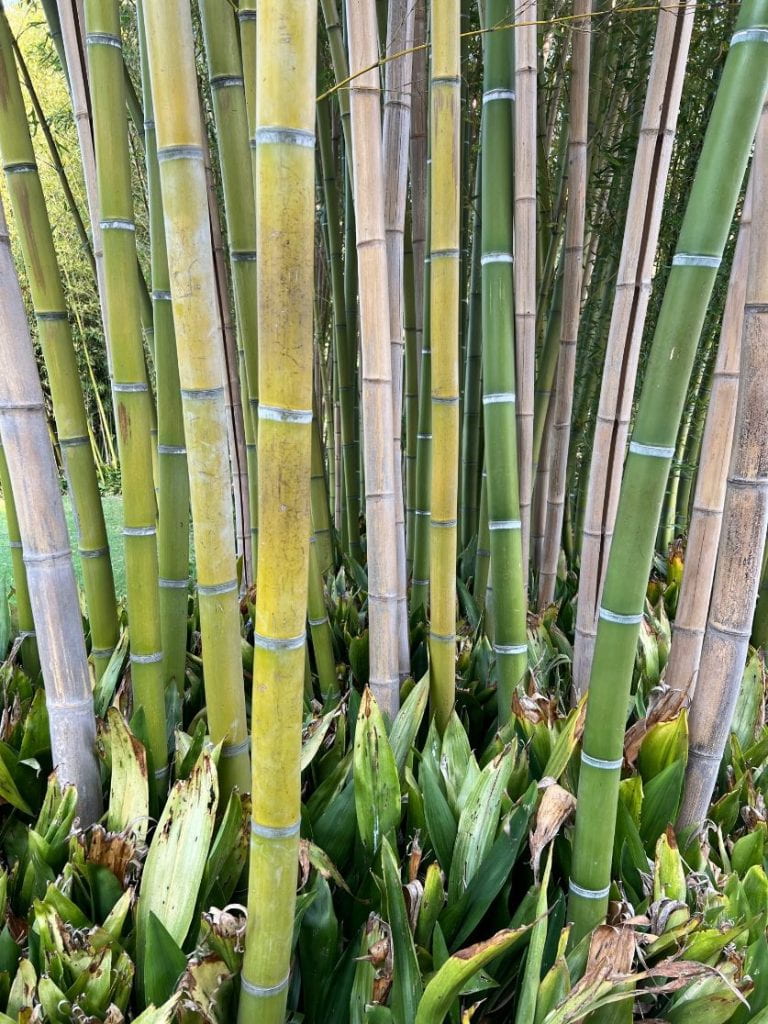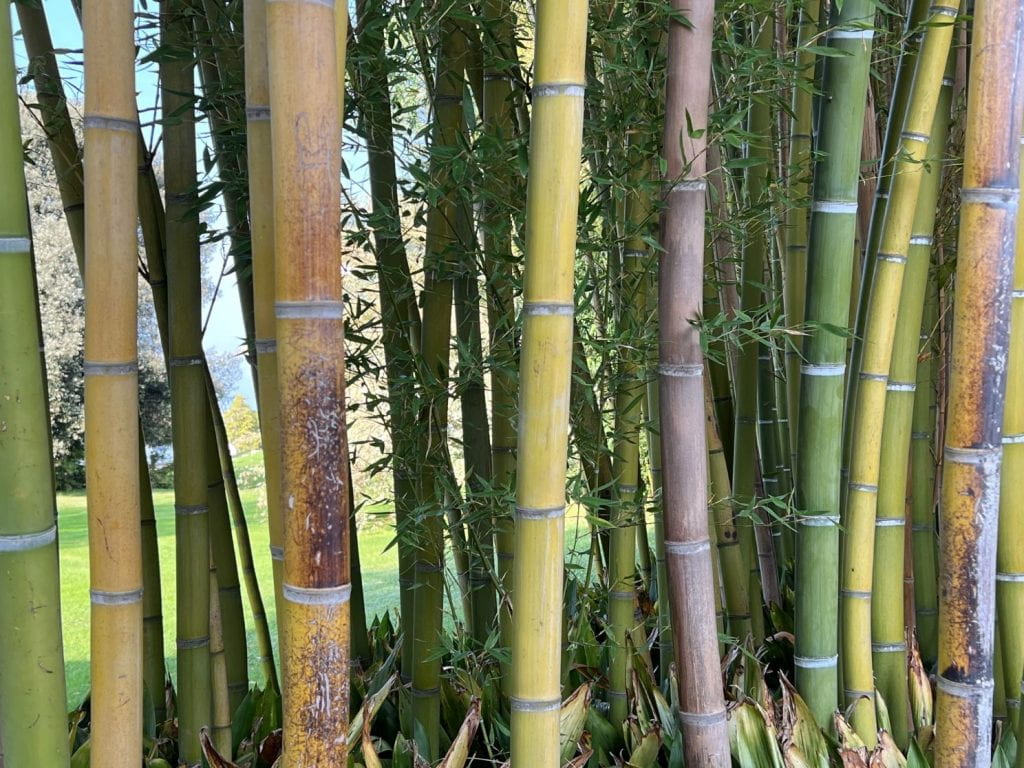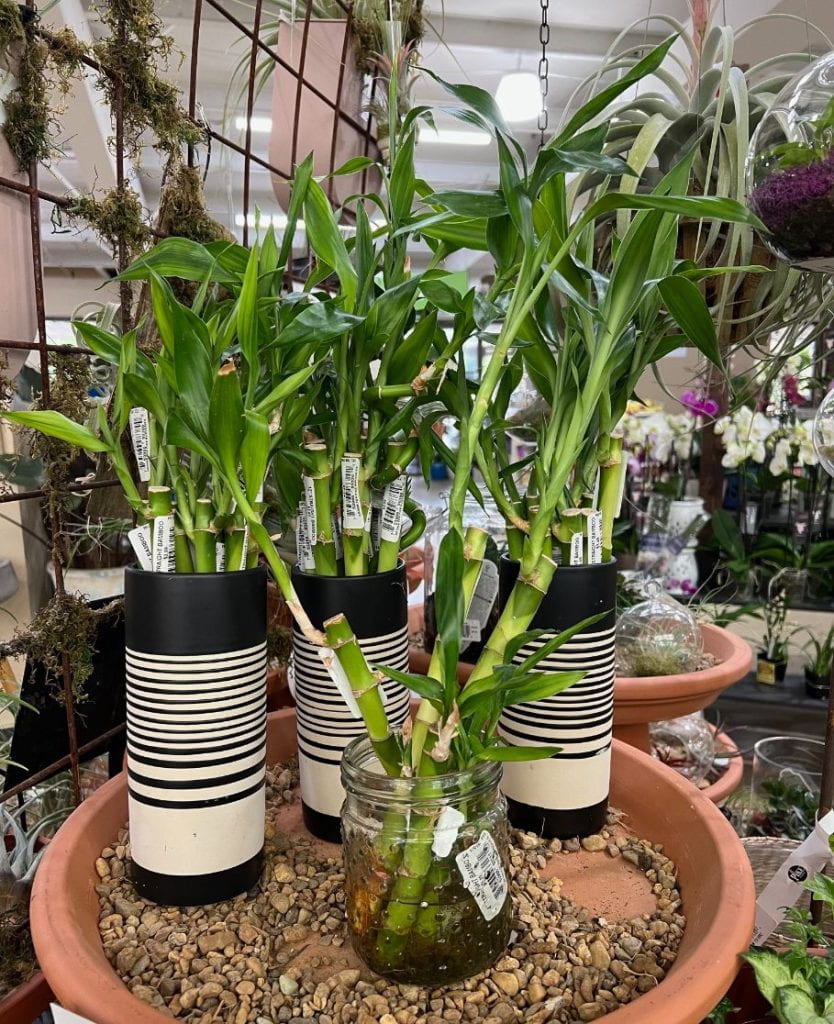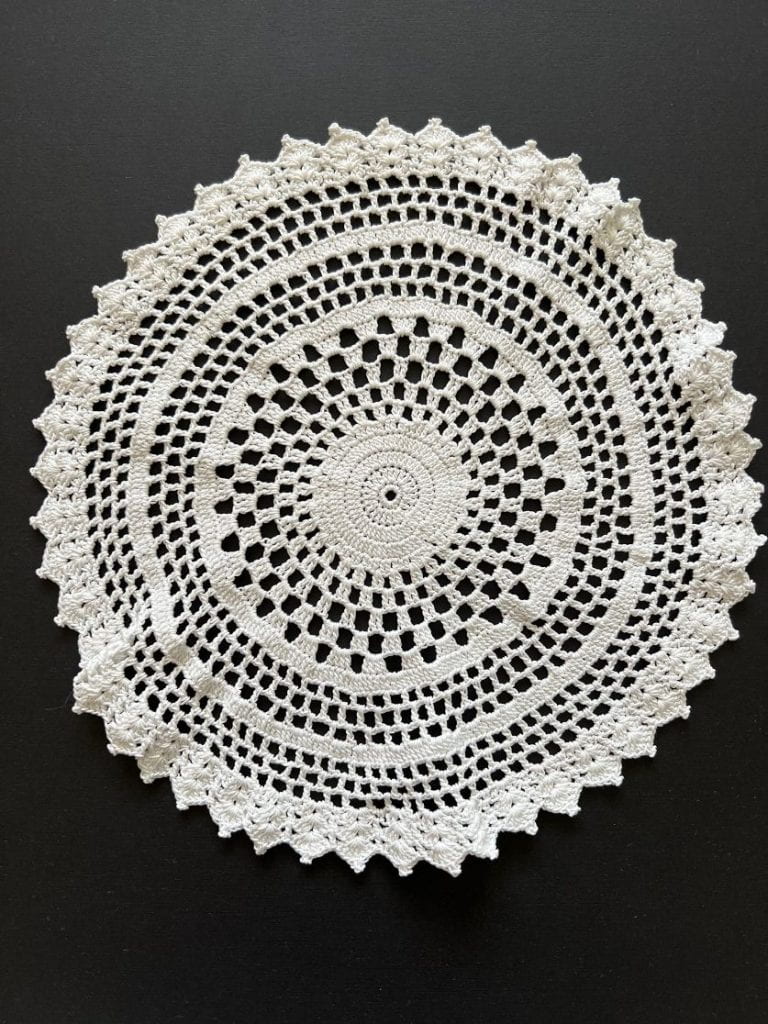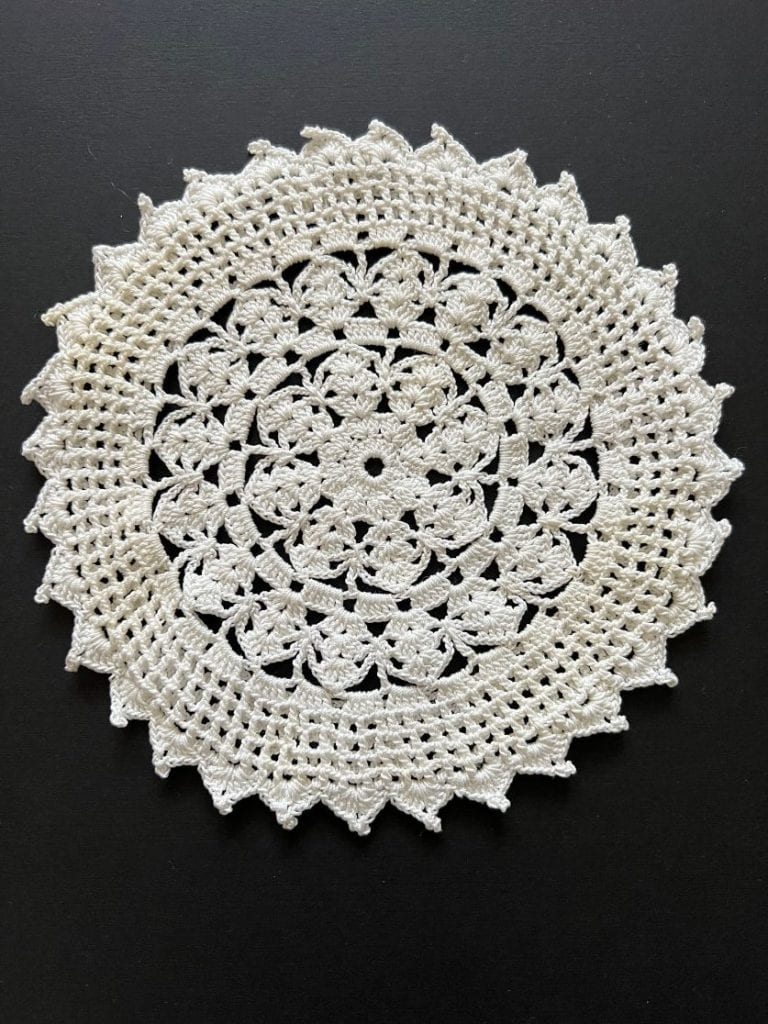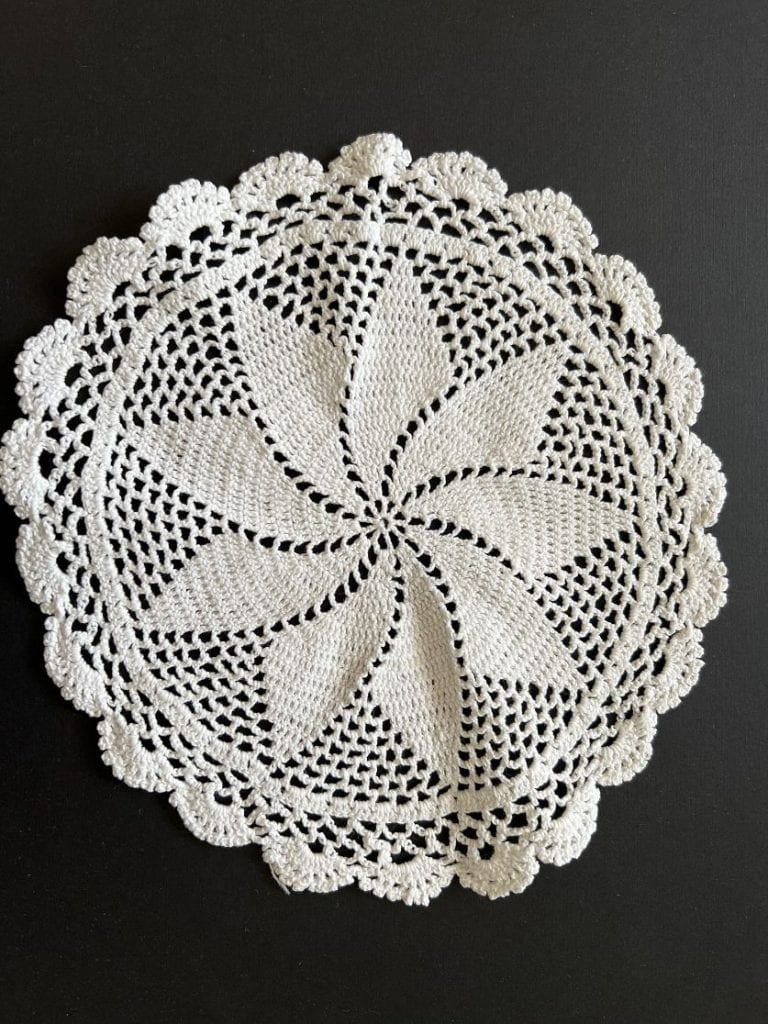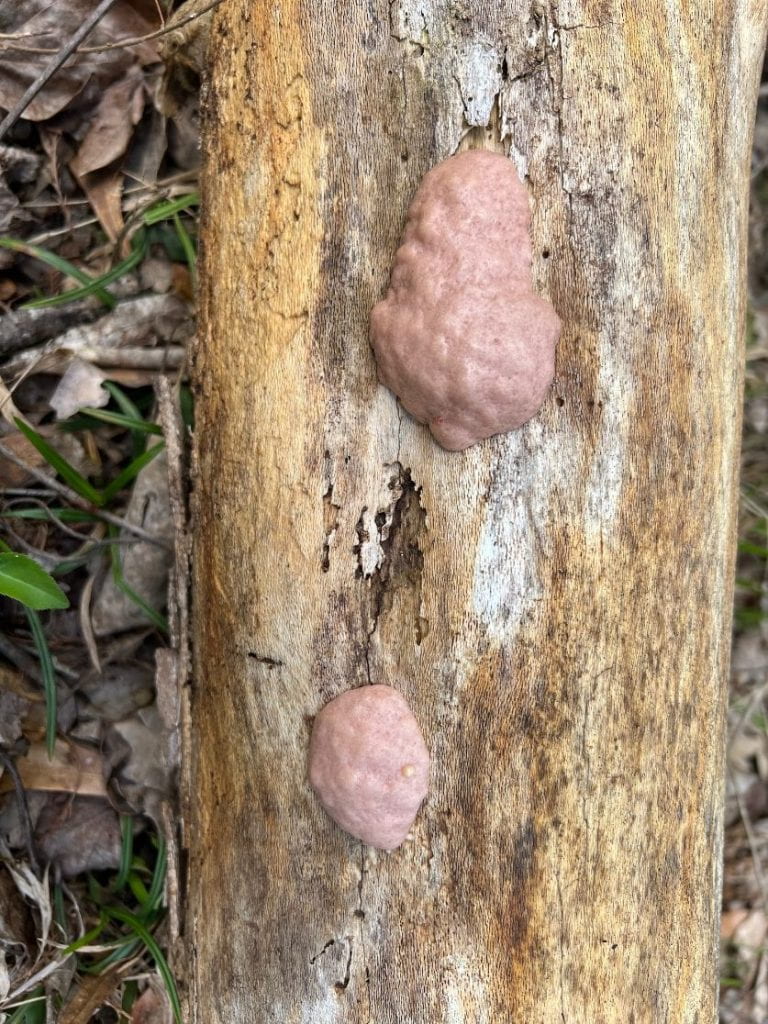The Beauty of Reflections
Because of its many physical and chemical properties, the study of water (hydrology) is one of my favorites! For example, water can be found in three states – solid, liquid, and gas. Water molecules demonstrate cohesion and adhesion. Some materials are hydrophobic and repel water while others are hydrophilic and attract water. Water can magnify objects too. Previous labs on those topics are at the end of this post.
Water can act as a mirror and reflect images. When light hits water, most of the light reflects at the same angle in which it came in and travels to our eyes. Are reflections identical to the objects they reflect? As you look at the photos I captured below, do the reflections tell more of the story? Sometimes new information is visible in the reflections that you don’t see in the subject of your photo. What happens when the water isn’t calm?
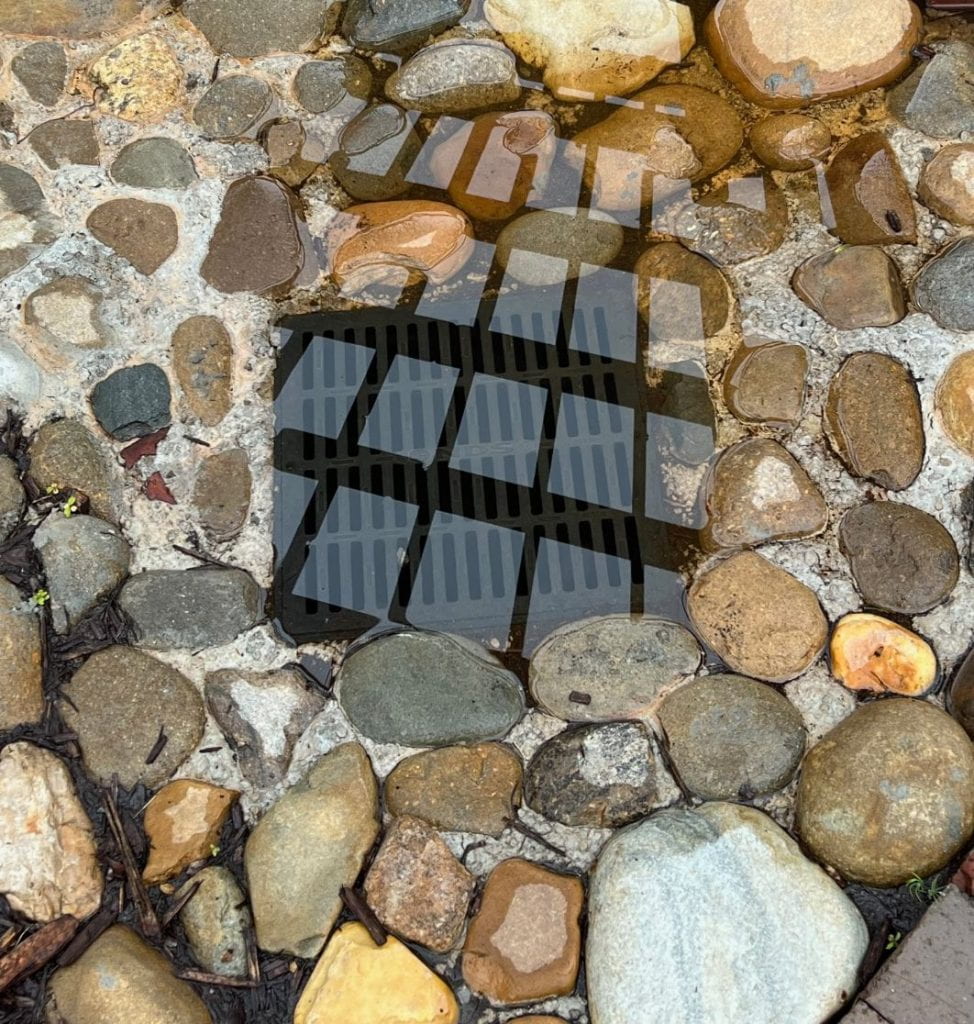
After a rain, walk with your students or children and observe the images reflected in puddles. What do you notice and wonder?
Related Posts
Hydrophobic and Hydrophilic absorbent/nonabsorbent
A Photography Tip: Turn your phone upside down, so that the lenses are at the bottom. Take a photo up at an object from the edge of a puddle. What happens? The following is an example.



